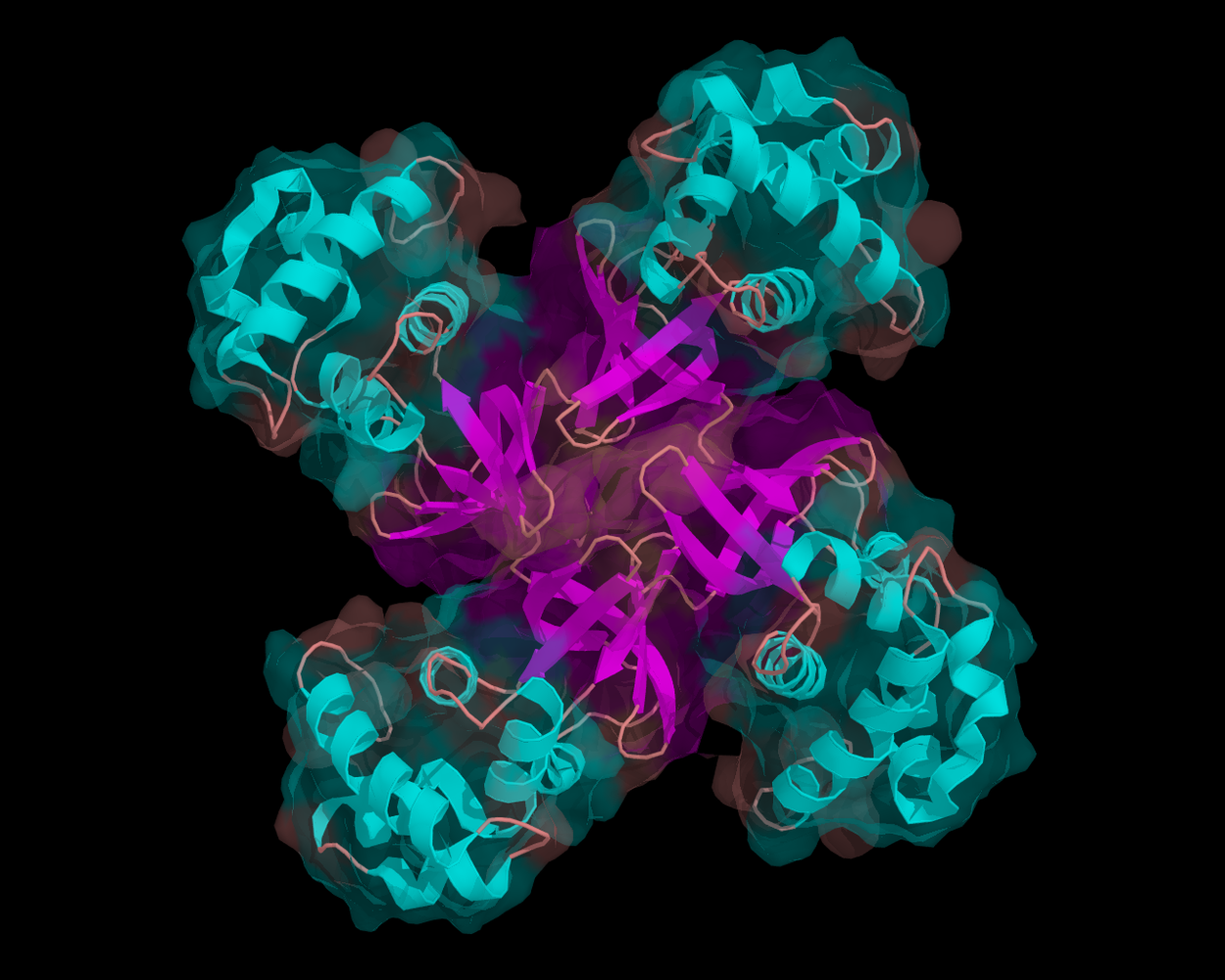Bacteria with DNA memories have been made by scientists in the US. 
Weight-for-weight and space-for-space, DNA offers the most compact and efficient information storage system yet discovered. Not only is it resilient, as evidenced by its survival for tens to hundreds of thousands of years in fossil specimens, but it also encodes its own backup system comprising two paired chains, one a mirror image of the other. Duplicate copies can also be made by the million using machinery nature has already invented.
To prove this, in recent years scientists have been able to store literary works and even a whole computer programme in DNA format by first converting the data into a sequence of genetic letters and then linking up those letters to form DNA chains. To get the original data back, you read the DNA sequence using standard DNA-decoding techniques. And unlike a compendium of Shakespeare's plays, which would take up a whole shelf, DNA could store the same amount in one tiny test-tube.
Now researchers have gone one step further, endowing bacteria with DNA-based real-time memories that can log cellular events, experiences or exposures. And, by storing the data in a population of bacteria it's also possible to add an analogue element to the storage whereby the level or intensity of an exposure or event can be logged.
Writing in Science, MIT researchers Timoythy Lu and Fahim Farzadfard first constructed the genetic equivalent of a sensor and an editing tool in bacteria. The sensor works like a switch that activates when a certain chemical is present. This turns on a gene that encodes the editing tool, which ultimately comprises a short piece of DNA that is pre-programmed to recognise and change or edit a single genetic letter elsewhere in the bacterial DNA, flipping a DNA letter A to a letter T for example. The change of this DNA letter need not adversely affect the cell because areas of the genome can be chose to avoid altering any active genes.
Once this genetic edit has been made, the bacteria maintain the change and, crucially, pass it on to their descendents. This means that, ultimately, the proportion of bacteria that carry the changed DNA sequence in a culture must reflect the degree of exposure to the chemical picked up by the sensor. In this way, as well as storing digital information regarding exposure or an event - "yes" or "no" - the cell population is also storing an analogue record of how much exposure has occurred.
More than one genetic memory can be written at once too, so bugs can be programmed to monitor several different things simultaneously and store different "bits" of information in different regions of the genome. The system could therefore be used to produce quantitative biological detectors for chemicals in the environment and even, by coupling their system to the processes that activate different genes at different times inside cells, it could be used to gain a better understanding of the molecular clockwork going on inside cells over time.









Comments
Add a comment